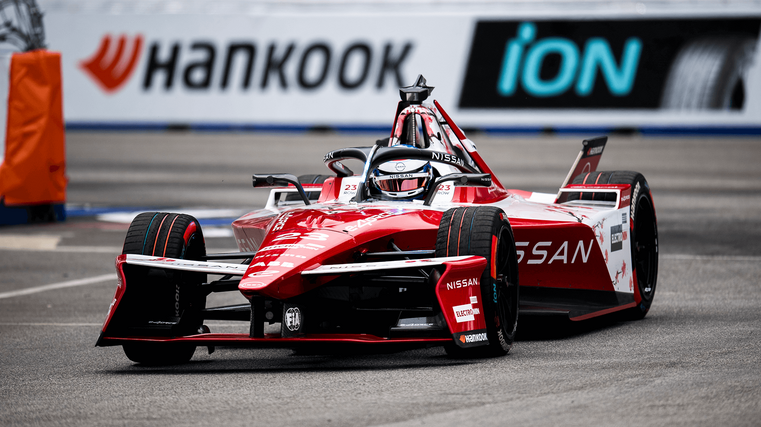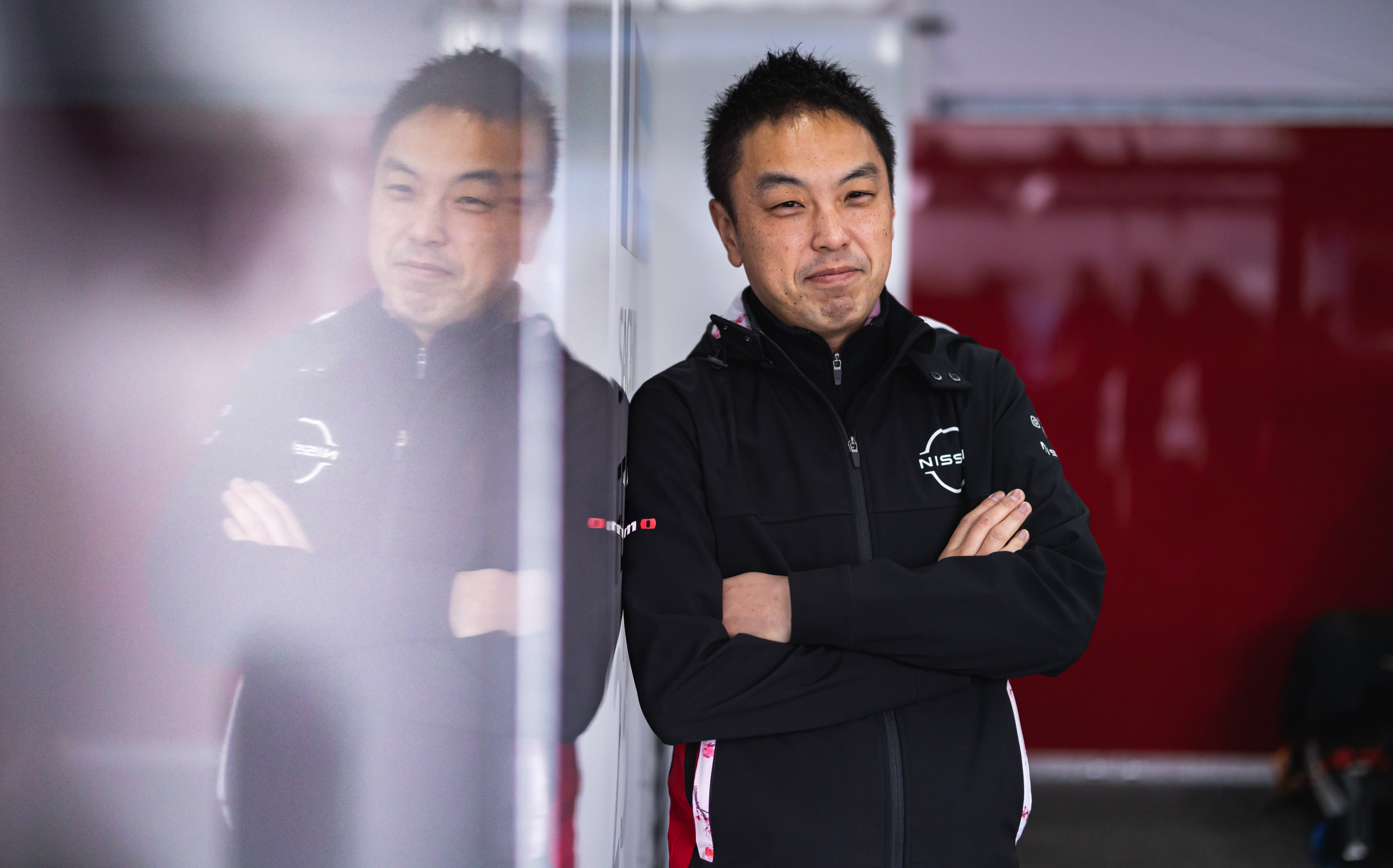Story behind Formula E success

When Nissan revealed its Ambition 2030 plan in November 2021, it decided to use its Formula E programme not only as a promotional platform but also as a test bed for its electrification technology.
Ahead of the sport’s GEN3 era, which started in January 2023, the company acquired full ownership of its racing team and took the opportunity to implement a system to transfer the expertise of its research and development team in Japan.
This was done by placing Tadashi Nishikawa into the role of chief powertrain engineer. His responsibilities included linking the manufacturer’s automotive and motorsport operations.
He worked for almost 20 years at Nissan Japan, gaining experience as he studied and became a key staff member. The experience gained and ideas he forged while in the company’s home country proved to be vital when he shifted to the Formula E team’s headquarters in France.
It's a process which have showed its benefits during the current Formula E season with Nissan leading the drivers’ and manufacturers’ ladders as of May 16.
A major contributing factor to the GEN3 Evo era has been the strength and efficiency of Nissan’s e-4ORCE 05 powertrain, which has greatly benefitted from this technology transfer.
Tommaso Volpe, team principal and managing director and principal, believes the “transfer of expertise” Nishikawa has brought from the automotive side into Formula E Team has been vital. “It shows the importance of the entire Nissan workforce worldwide in helping us to achieve these results on-track.”
Nishikawa’s task after joining the squad was to develop the powertrain for the current season. Initially, bringing in new ideas led to doubts from his colleagues, although they quickly came on board with his plans.
“When I joined the Formula E project in June 2021, the GEN3 power unit prototype phase was already completed, so my first chance to make a difference was on the GEN3 Evo powertrain for the e-4ORCE 05,” explains Nishikawa, pictured below.
“There were some doubts from some of my motorsport colleagues when I initially joined because I was coming in with a lot of ideas from automotive. However, when I showed them the simulation and data behind my work, and after a few months I gained their respect as they saw what I could bring to the programme.”

In March 2024, Nissan became the first manufacturer to commit to the GEN4 era, meaning it will compete in the championship until at least 2030.
This aligns with the company’s Ambition 2030 long-term vision for empowering electrified mobility and will also see Nissan’s involvement in Formula E stretch to at least 12 years, making it the company’s longest-ever motorsport commitment to a world championship.
The Formula E project is a great way to showcase globally the level its electrification model is working on.
“As chief powertrain engineer, it’s important to analyse all the trade-offs we have to make between different elements of the car,” explains Nishikawa. “It’s about understanding how different parts affect each other and what that does to overall performance.”
Understandably there are some differences between the automotive and motorsport sides. His experience was a major help for the technology transfer both ways, but the new environment and targets also took some getting used to.
“On the automotive side, it’s about mass producing a car that sells strongly and sometimes the overall aim can be lost as you don’t immediately know if it’s been a success. However, in Formula E the target is a lot clearer and easier to see as you can tell straight away whether you’re quick and efficient or not.”
As the Nissan Formula E Team looks towards the GEN4 era, the role of the chief powertrain engineer will only become more important and vital in the team’s set-up. Nishikawa’s role is being taken over by Takuro Iwase.
Reflecting on his time in France, Nishikawa says: “It’s been an unforgettable experience and one I would recommend to any fellow engineers willing to learn and develop their careers in a motorsport environment. The different elements of the role are challenging, but there’s a real bond in the team.”





